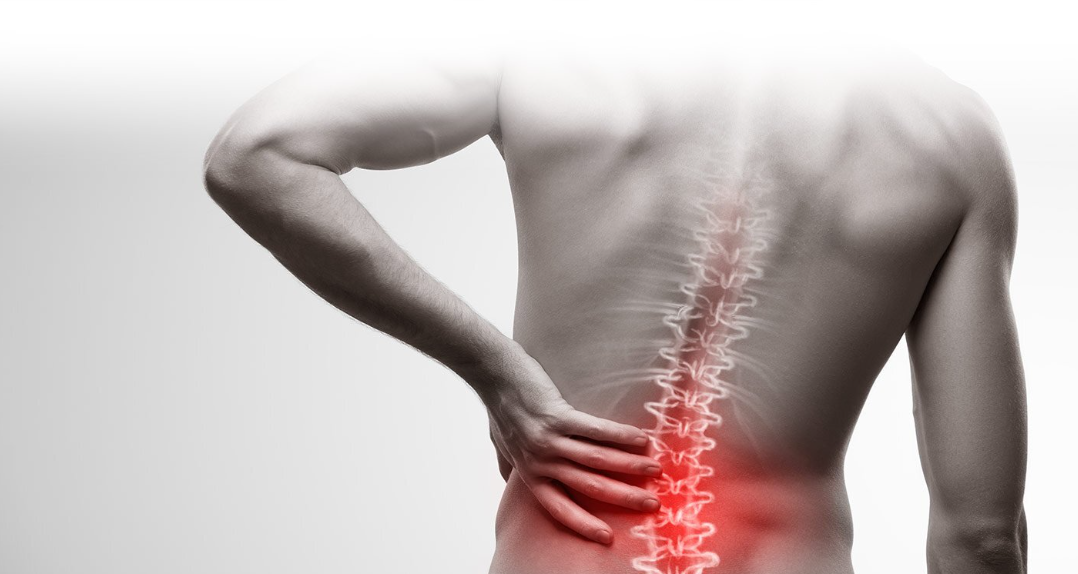Back pain is more than just a nuisance, it can slowly erode daily life, affecting everything from work performance to sleep quality. Many people feel trapped between the discomfort and the fear of invasive surgeries. But here’s the good news: non-surgical solutions to relieve back pain are not only available, they’re incredibly effective and backed by clinical evidence.
This guide explores proven, minimally invasive approaches that offer lasting relief without the risks of surgery. Whether the pain has just begun or has lingered for years, these methods could mark the turning point toward healing.
How Does Back Pain Affect Daily Life?
Back pain remains one of the leading causes of disability in the United States. It’s estimated that around 80% of adults will experience it at some point. The symptoms vary from dull, persistent aches to sharp, radiating discomfort, but the impact is universal.
Common Causes of Back Pain Include:
| Cause | Description |
| Herniated discs | Discs pressing on nearby nerves |
| Muscle strain | Often due to lifting or poor posture |
| Degenerative disc disease | Wear and tear on spinal discs over time |
| Sciatica | Pain radiating along the sciatic nerve path |
The source of pain determines the best treatment. But increasingly, the spotlight is on non-surgical therapies that help manage symptoms while promoting long-term recovery.
The Science Behind Non-Surgical Back Pain Treatments
Non-surgical methods reduce inflammation, improve alignment, and strengthen support structures. These approaches often blend clinical expertise with lifestyle guidance to relieve back pain at its source. Unlike surgery, they involve fewer risks and significantly shorter recovery times.
Top Non-Surgical Treatments for Back Pain Relief
1. Physical Therapy and Guided Exercise
Tailored movements and stretches are key to rebuilding strength and flexibility in the spine. A certified therapist can identify muscle imbalances, correct postural issues, and support joint function.
Benefits:
- Builds muscle support around the spine
- Reduces risk of future injury
- Enhances posture and mobility
Actionable Tip: Commit to a 6–8 week personalised programme, reviewed weekly.
2. Epidural Steroid Injections
Delivered precisely to the inflamed area, these injections reduce swelling and nerve irritation. It is ideal for conditions like sciatica or herniated discs.
Benefits:
- Rapid relief from acute episodes
- Improves mobility within days
- Can delay or eliminate the need for surgery
Duration of Relief: Depending on the condition, from a few weeks to a year.
3. Radiofrequency Ablation (RFA)
A minimally invasive technique that uses heat to target and deactivate pain-causing nerves.
Ideal for:
- Chronic lower back pain
- Facet joint pain
Benefits:
- Long-lasting relief (up to 12 months)
- Minimal recovery downtime
4. Chiropractic Care
Spinal adjustments performed by licensed professionals restore alignment and relieve back pain caused by poor posture or disc issues.
Benefits:
- Improves spinal mechanics
- Enhances nerve function
- Offers immediate relief in many cases
Patient Insight: One study revealed that over 60% of patients reported noticeable improvement after three chiropractic sessions.
5. Acupuncture and Dry Needling
These therapies stimulate the nervous system and muscle fibres, encouraging natural healing processes.
Benefits:
- Reduces inflammation
- Improves circulation
- Decreases stress-related tension
Note: Results often improve with multiple sessions.
Lifestyle Adjustments That Support Non-Surgical Treatments
Alongside professional care, small daily changes can speed up recovery and prevent relapse.
Helpful Adjustments Include:
| Habit | Impact on Back Health |
| Ergonomic workspace setup | Reduces strain on lower back |
| Regular stretching | Increases flexibility and muscle balance |
| Core strengthening | Supports spinal stability |
| Weight management | Decreases pressure on vertebral discs |
Making conscious choices daily adds up, and it can significantly support the goal of relieving back pain without surgery.
When to Consider a Non-Surgical Option First?
Before turning to invasive procedures, nonsurgical methods should always be explored. Medical professionals recommend starting conservatively unless symptoms suggest a surgical emergency.
Ask these questions:
- Has the pain lasted more than six weeks?
- Is the discomfort manageable but persistent?
- Are mobility and strength affected but not completely impaired?
If the answer is yes, non-invasive treatment may offer the needed relief.
Final Thoughts
Lasting relief from back pain doesn’t always require going under the knife. Non-surgical therapies offer effective, evidence-backed alternatives that empower individuals to heal naturally, rebuild strength, and restore freedom of movement.
Choosing the right combination of treatments, guided by a skilled pain specialist, is key to long-term success. And remember, the first step towards a pain-free back begins with the decision to seek help.
If persistent discomfort affects daily life, explore the range of non-surgical options available. These approaches could be the beginning of a new chapter, one that’s active, mobile, and free from back pain limitations.
